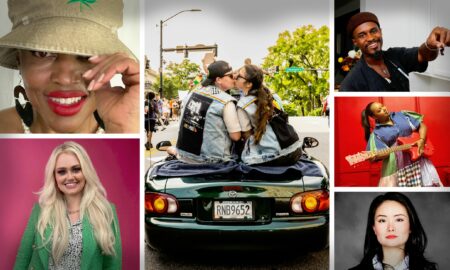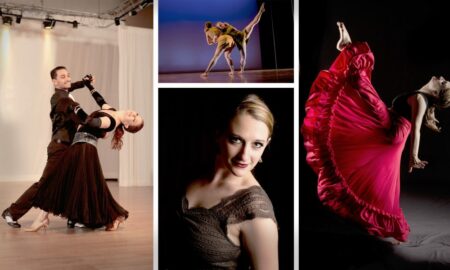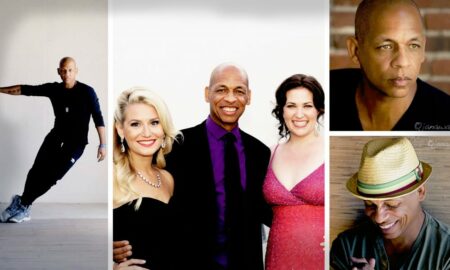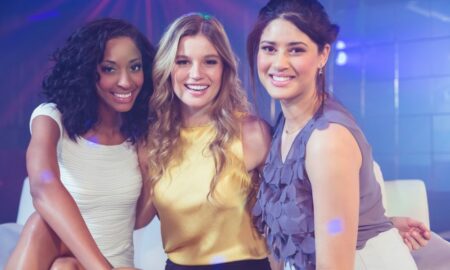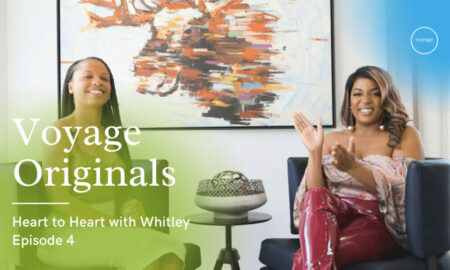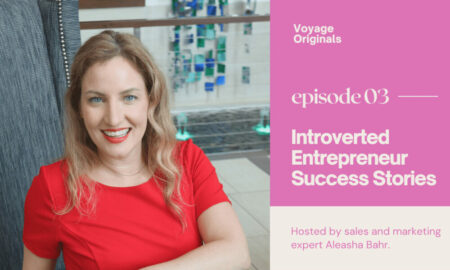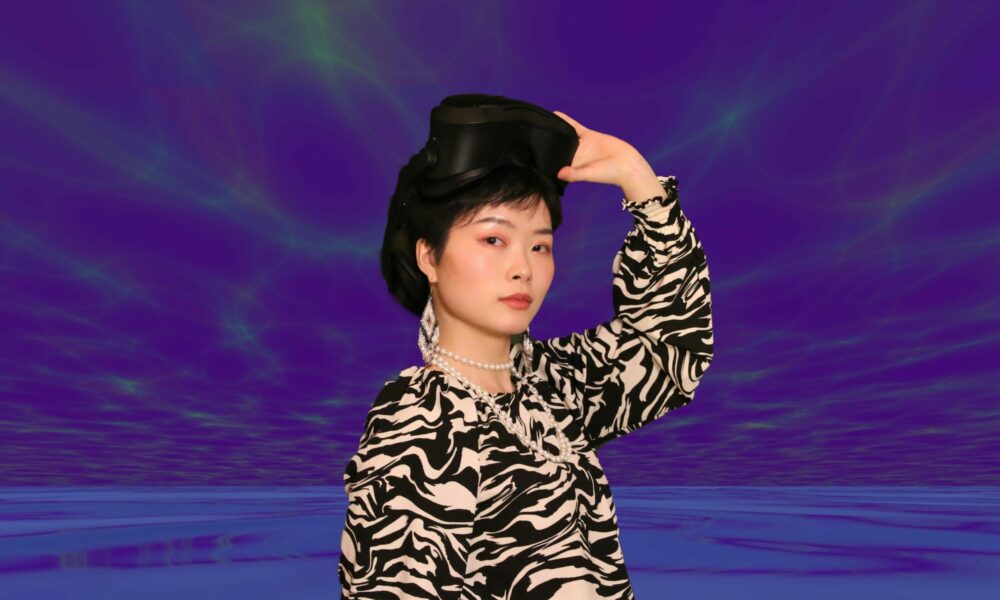

Today we’d like to introduce you to Yiting Liu.
Hi Yiting, thanks for sharing your story with us. To start, maybe you can tell our readers some of your backstory.
From Hunan’s piano keys to America’s computer keyboards, my journey in extended reality (XR) development bridges not just continents but passions. At 18, my move to America for a variety of educational and cultural exploration marked a shift from music to marketing and film production, igniting a fascination with storytelling through moving images. An introduction to wearable technology at the University of Wisconsin-Madison led me to explore more immersive technology at New York University’s Interactive Telecommunications Program, a playground that melded my artistic and technological sides, leading to a mastery of tools like Unity and Unreal Engine. Now, leading Sia Partners’ immersive technology team with customized Virtual Reality (VR) and Augmented Reality(AR) training and simulations for global enterprises, I’ve combined all the skills I have mastered to be an XR innovator.
Would you say it’s been a smooth road, and if not what are some of the biggest challenges you’ve faced along the way?
The journey wasn’t smooth. Adapting to cultural differences in the US and finding a balance between my technical skills and creative ambitions were significant challenges. Studying in the international high school in Shenzhen still did not prepare me for the culture shock I had when I finally started my first day of college. It was daunting to see people speaking in fluent English making cultural references to TV Shows and movies from their shared cultural experiences before college. I was timid when I first landed in the States and thought asking questions during conversations was rude as that was what I was taught from my upbringing. When I was little, my curiosity was always met with annoyance from my parents. Hence, it took me a long time to be brave enough to ask questions and learn more about the cultural norms in the States. Whenever there are idioms or terms I am unfamiliar with, I will ask for clarification. The ongoing cultural education has benefited my assimilation in the States and also allowed me to appreciate my own culture as I am open to explaining terms and phenomena from China. It feels nice as while I was balancing the cultural shock, I was also finding pieces of my curiosity I once had when I was little before the frustration, annoyance, and harshness that sunk in.
Melding my passion for art with the rigors of technology often required me to push boundaries and think innovatively. I am often thinking about how to evoke emotions in users’ self-healing journeys and connect with them while they interact with my work. I constantly reflect on what I can do to make them feel intrigued to act upon and make changes in their lives. I want to ignite this massive shift in society and focus on how I can create impact in individuals as a starting point. Creating a safe space for people to be with them inner child is my goal of my practice. There are also tradeoffs that I have to consider, such as time, budget, and my ideal vision of the specific project or as an artist in general. It is a delicate balance between my perfectionism and the execution of projects. I used to be very hard on myself to always make the perfect and high-quality work, in turn overlooking my mental health. I would be under extreme stress and solely focused on the result and never the journey. I am a lot better at this balancing act now. Aware of my tendency to be perfectionistic and hard on myself, I started celebrating myself with recognition of my small wins. Life is all about learning, not the end product.
Developing the “Vibes” involved overcoming several challenges. Balancing the technical aspects of artificial intelligence (AI) with user-friendly design was crucial. It is my responsibility to ensure that the tool is accessible to artists who might not be tech-savvy. Another challenge was the iterative process of beta testing and incorporating user feedback, requiring flexibility and adaptability. Convincing artists to trust and try a new, AI-driven tool also posed a significant hurdle, as it meant encouraging a shift in traditional music video production processes.
Alright, so let’s switch gears a bit and talk business. What should we know about your work?
I have an obsession to always create. I gave in to my desire to combine my dual passions for music and technology so that “Vibes”, the music video generator from artificial intelligence(AI) and music input, gets to exist. Currently, in beta, it is more than just a project; it is a part of my soul. As a musician, I’ve always been captivated by the magic of music videos, but I knew the creation process could be daunting, especially for independent artists. “Vibes” was my answer to this challenge—a tool that empowers artists to visually articulate their music by intuitively transforming audio into compelling visual narratives. Seeing artists use it, like Senaida for “Orbital XVI”, and hearing their stories of empowerment, has been incredibly fulfilling. It’s not just about simplifying video production; it’s about giving artists the freedom to express themselves to bring their music to life visually without the usual barriers. This journey with “Vibes”, watching it help artists blossom, has been one of the most rewarding experiences of my career.
Working on “Vibes”, I wanted to create an environment where the technical process of video-making does not overshadow an artist’s creative spark. The application’s design is intuitive, yet it opens up a world of artistic possibilities. As artists experiment with it, transforming their music into a visual narrative, their feedback has been heartwarming—they are amazed by the efficiency of “Vibes” and how it elevates their musical storytelling. This reaction has been my guiding light, confirming that “Vibes” isn’t just a tool; it’s a bridge connecting music and visual art in new, exciting ways.
This tool has become a game-changer, especially for emerging artists, democratizing the music video production process and opening new avenues for creative storytelling. Seeing the impact of “Vibes” has been a profound moment for me. I am proud that this project has gained extensive attention from musicians, artists, and creatives, with 36k impressions on LinkedIn through the posts on this project and counting. Every positive response, every artist who finds their voice through “Vibes”, reinforces my commitment to this path. My future endeavors include refining “Vibes” for a broader audience and continuing to explore the synergy of technology, music, and community. This isn’t just technology; it’s a new chapter in musical expression.
Looking ahead, I will continue exploring the intersection of technology and community. It is rewarding to use technology to do social good for people in need. I want to make the world a better place and make people’s lives easier. I have the unsatiated drive to always create and connect with as many people as I can in this lifetime and I will never stop.
What sort of changes are you expecting over the next 5-10 years?
In the next 5-10 years, I see the XR industry, bolstered by advancements in AI, becoming a fundamental part of daily life. As people become more comfortable using AI as a tool to enhance efficiency, its integration with AR and VR will revolutionize how we interact with technology. The mainstream adoption of AR and VR will expand into various sectors, including education and healthcare, beyond traditional entertainment realms.
My project, “Vibes”, which uses AI to expedite the music video creation process, is a prime example of this trend. It reflects a growing preference for technology that not only enhances creativity but also streamlines workflow. Looking ahead, I anticipate a shift towards immersive experiences that are emotionally engaging, community-focused, and augmented by AI to make these technologies more accessible and relevant to a wider audience. This fusion of AI with XR is where I aim to continue leading, using these tools to create more meaningful connections and bring diverse narratives to life in ways previously unimagined.
Contact Info:
- Website: https://yitingliu.com/
- Instagram: https://www.instagram.com/yliu.designs/
- Linkedin: https://www.linkedin.com/in/yitingliu97/
- SoundCloud: https://soundcloud.com/yitingliu
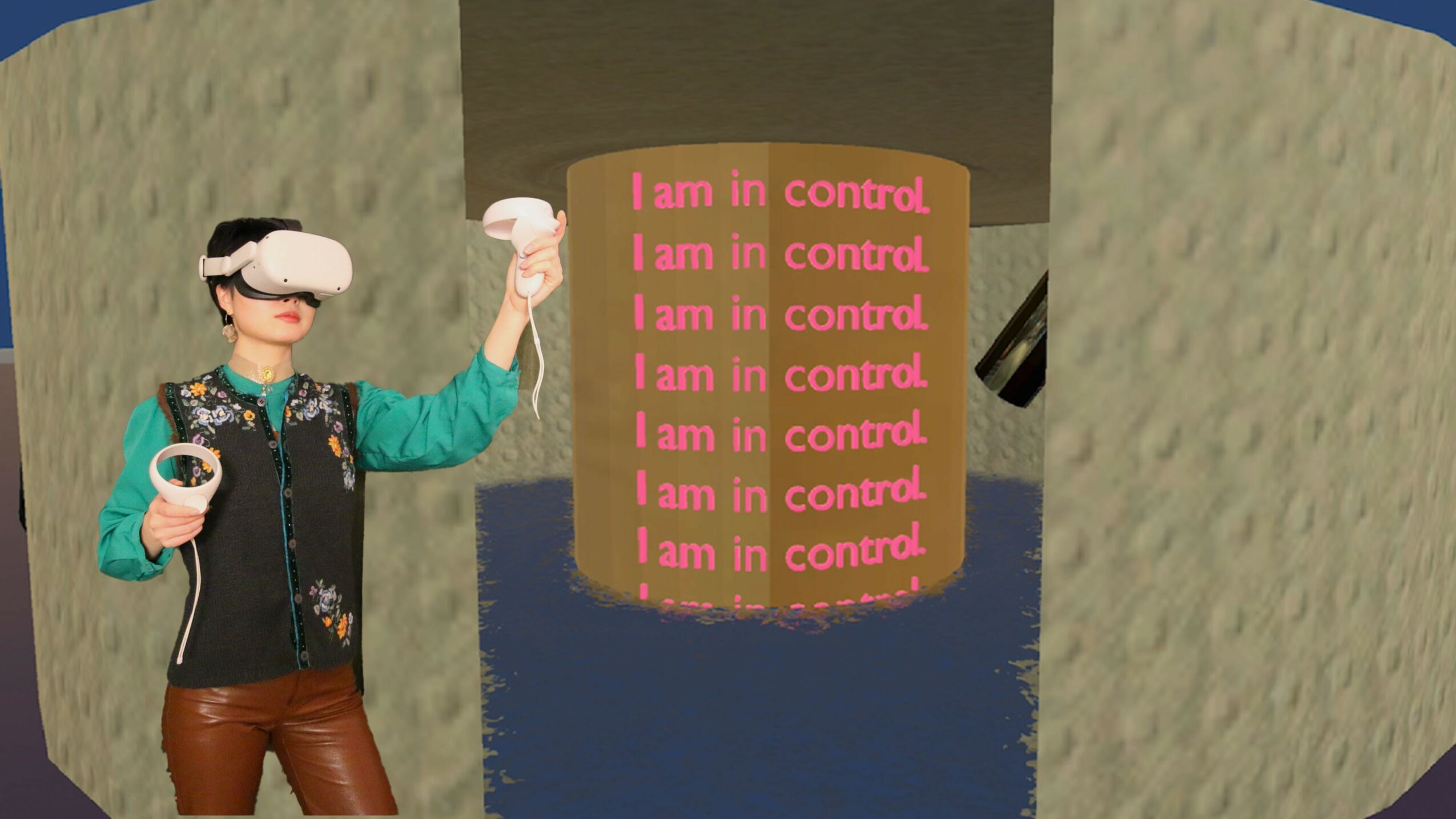
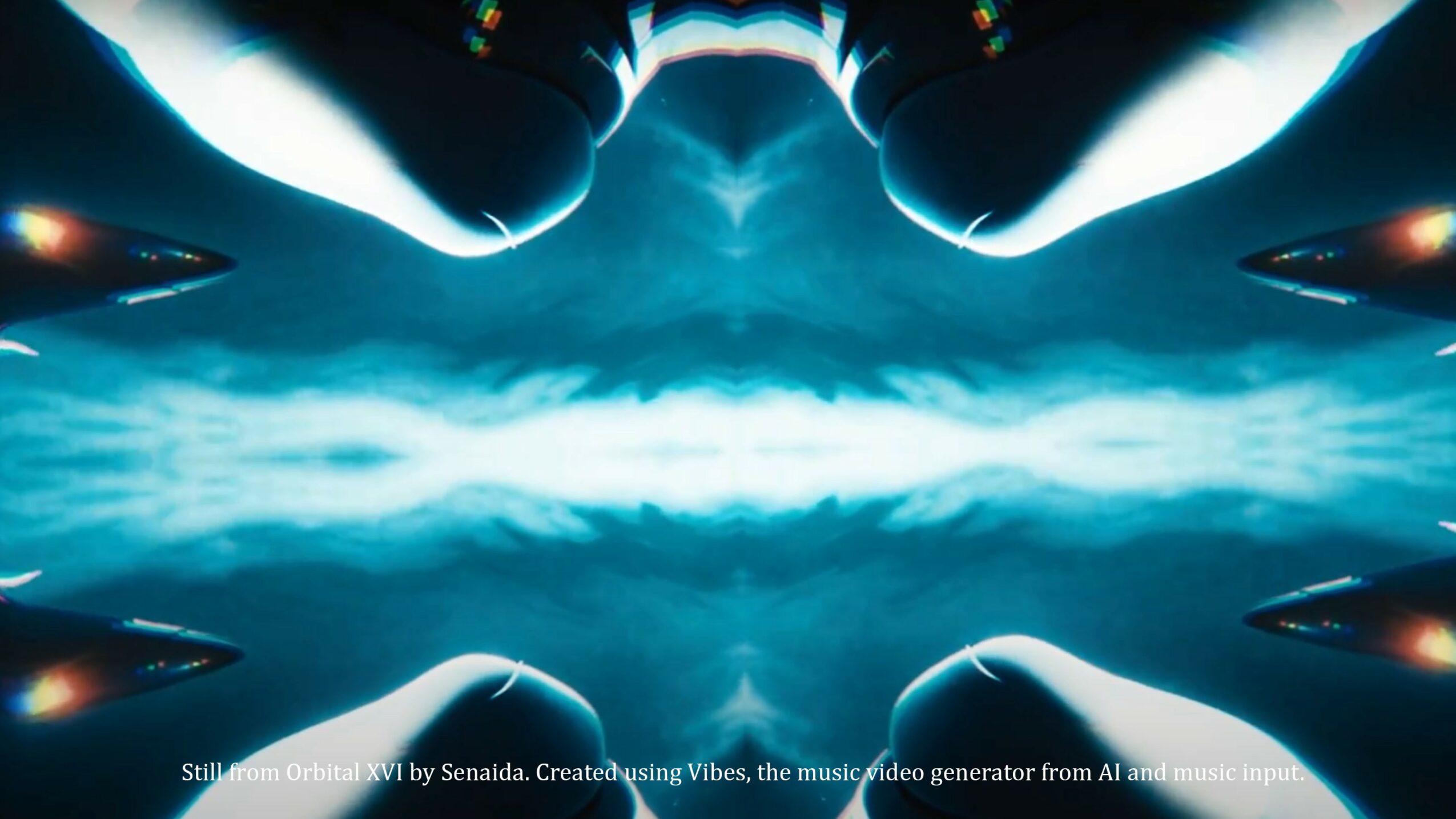
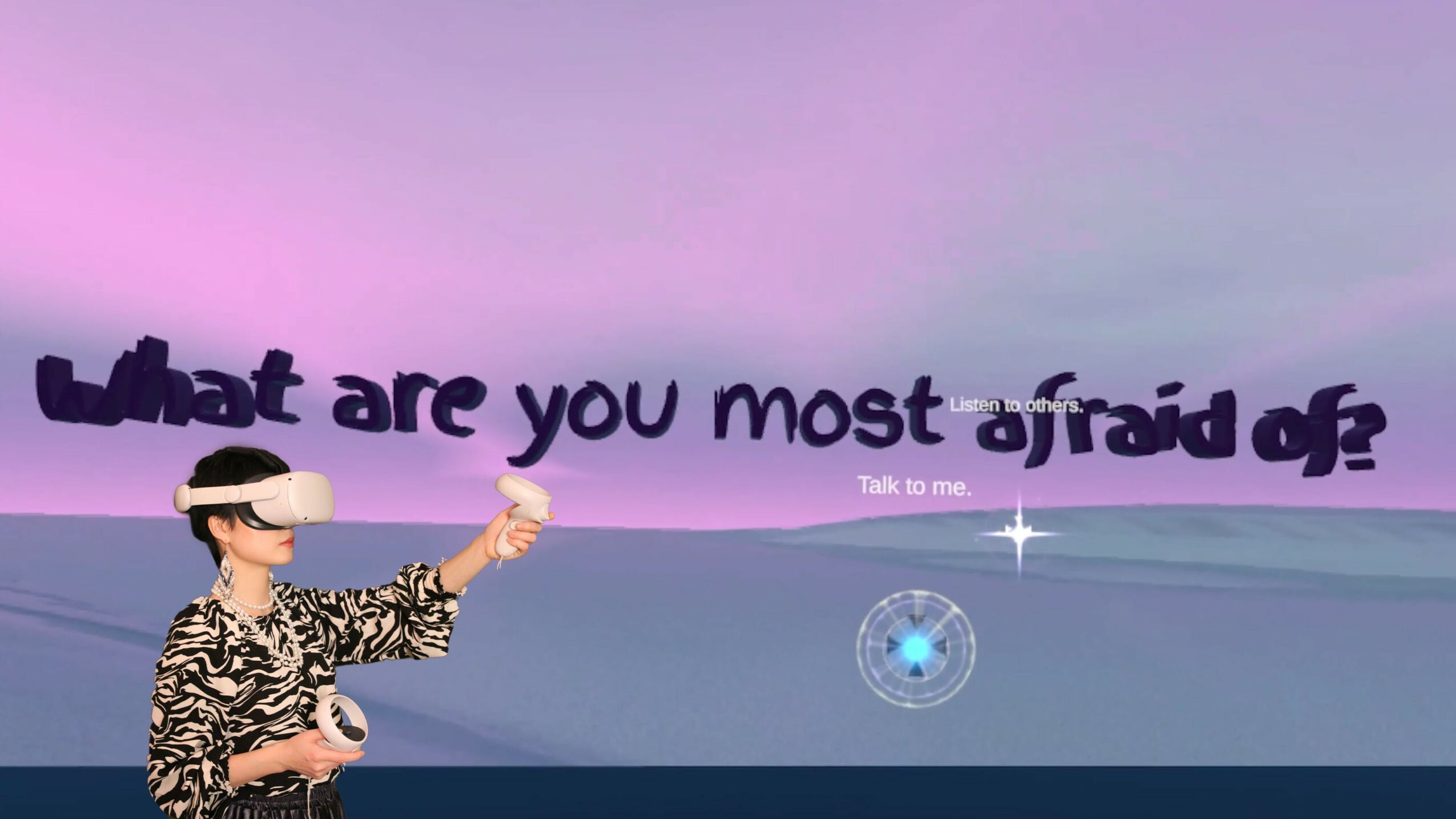
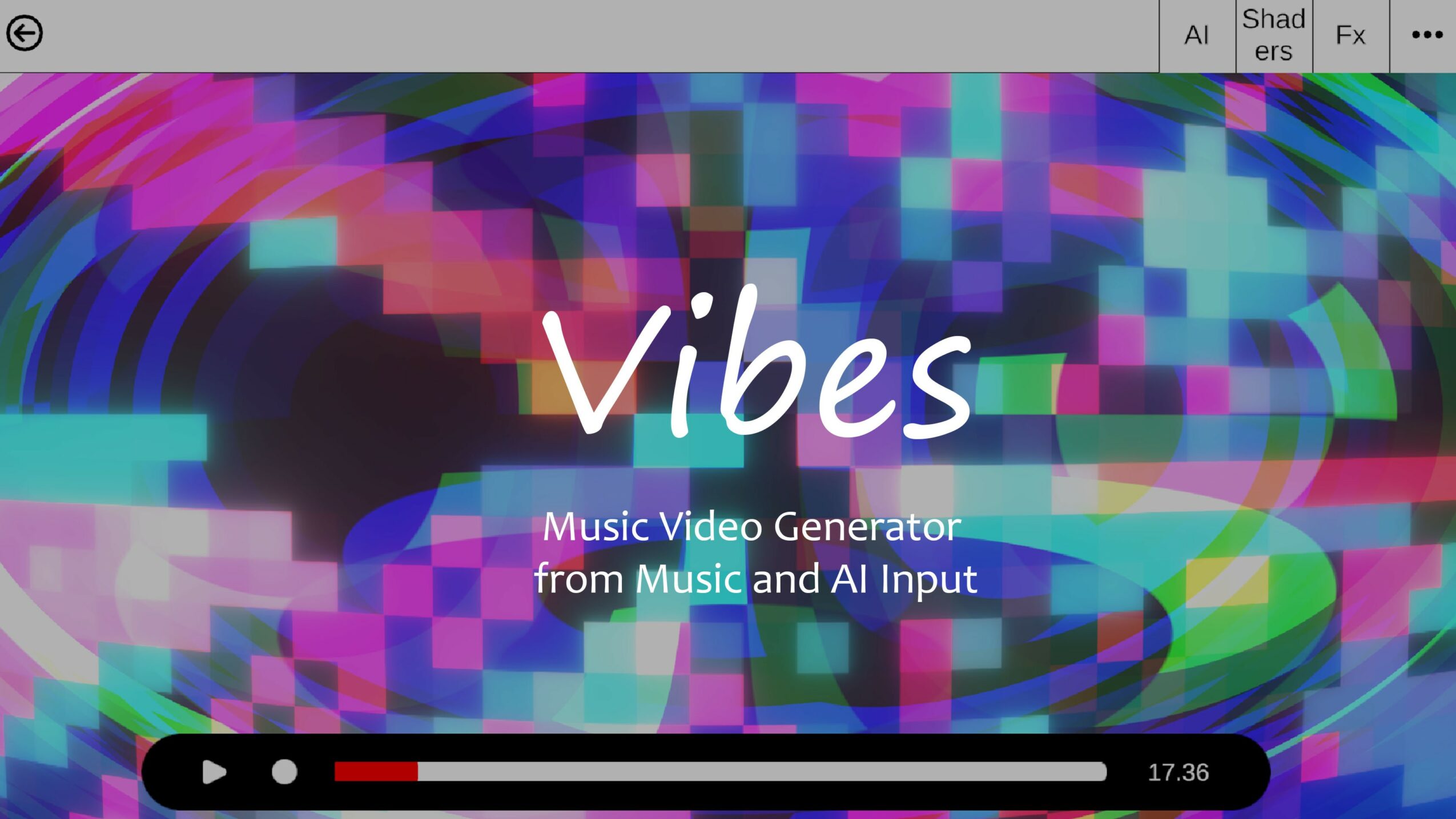
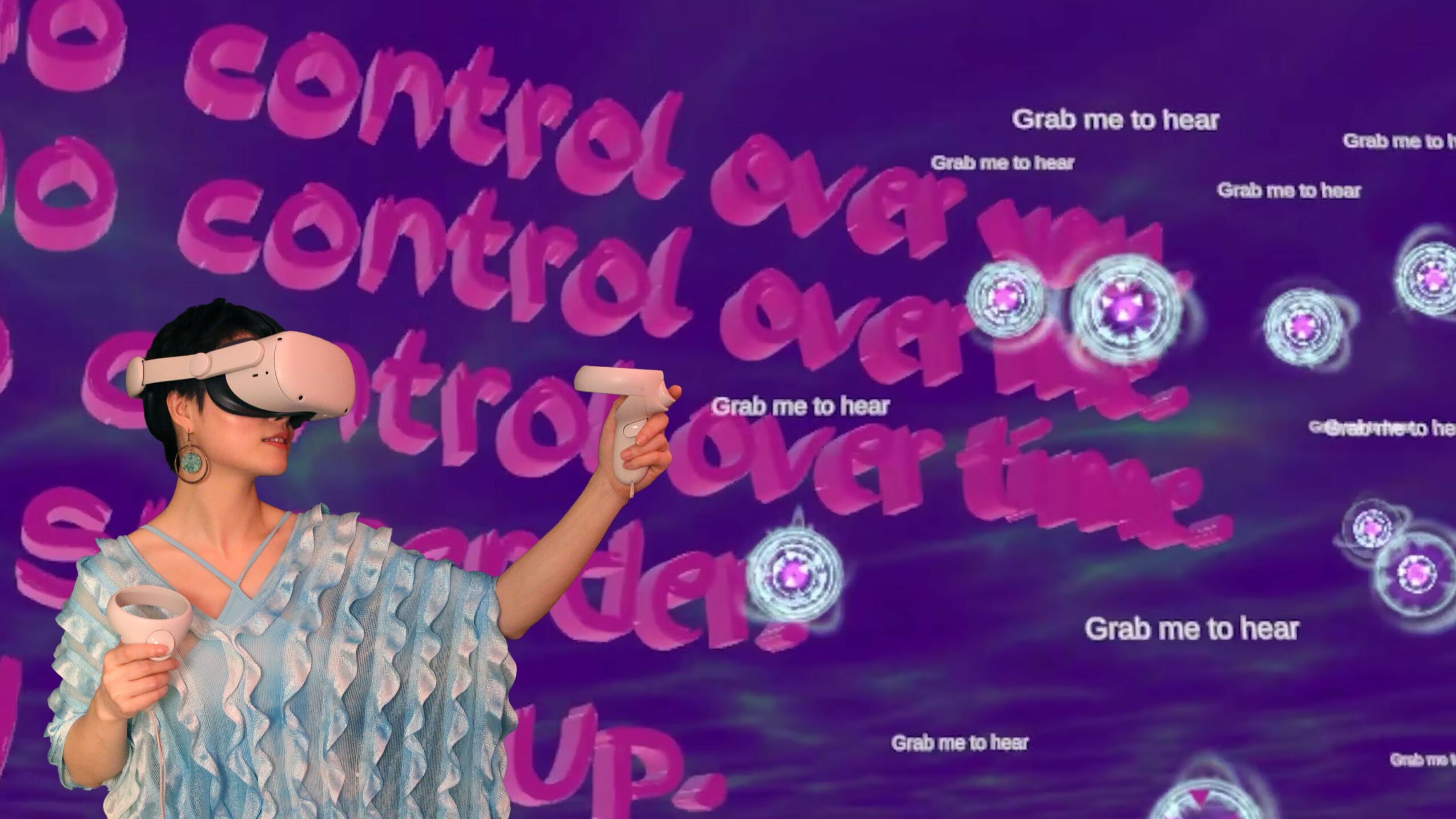
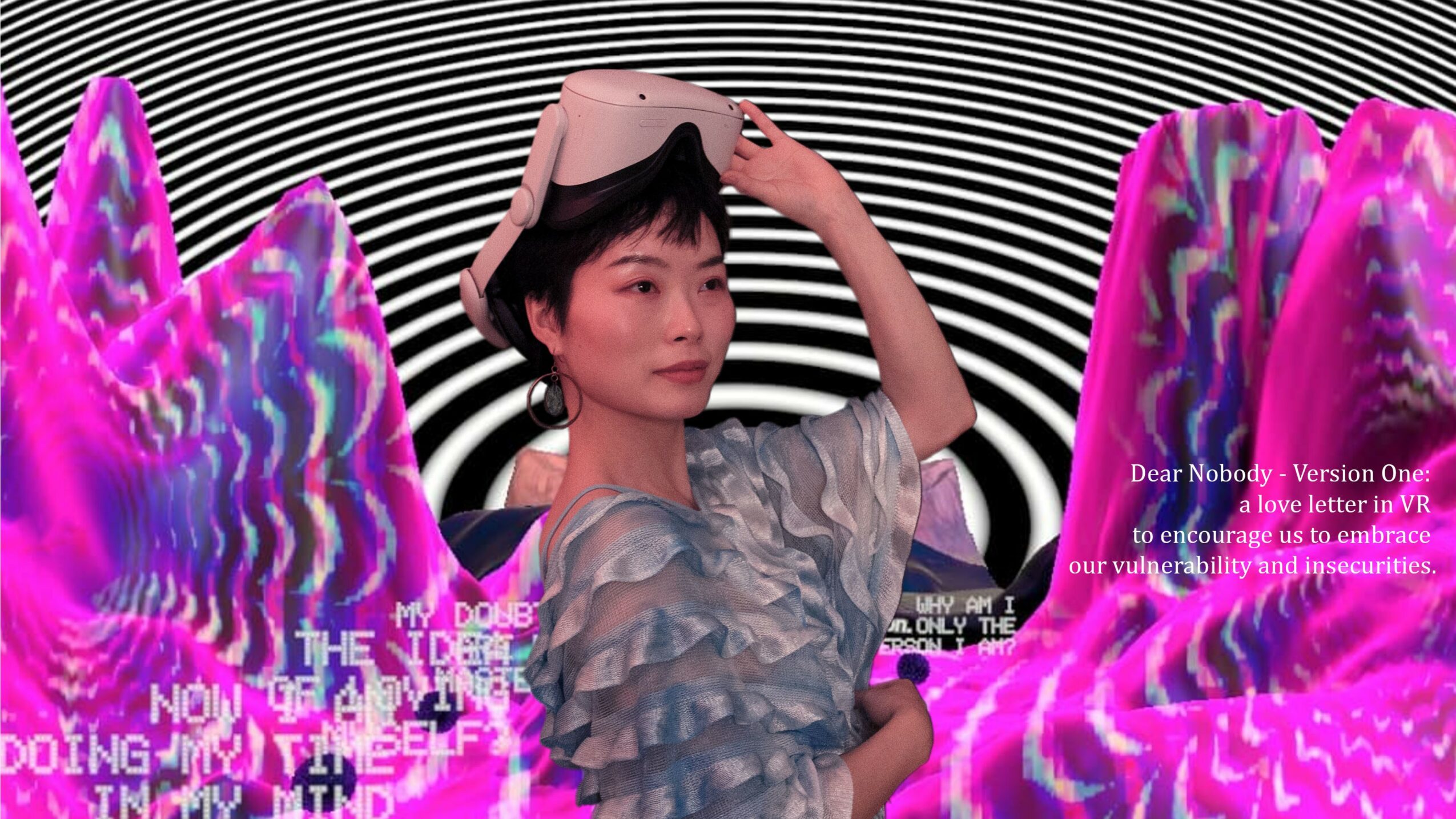 Image Credits
Image Credits
All images are taken by Yiting Liu

